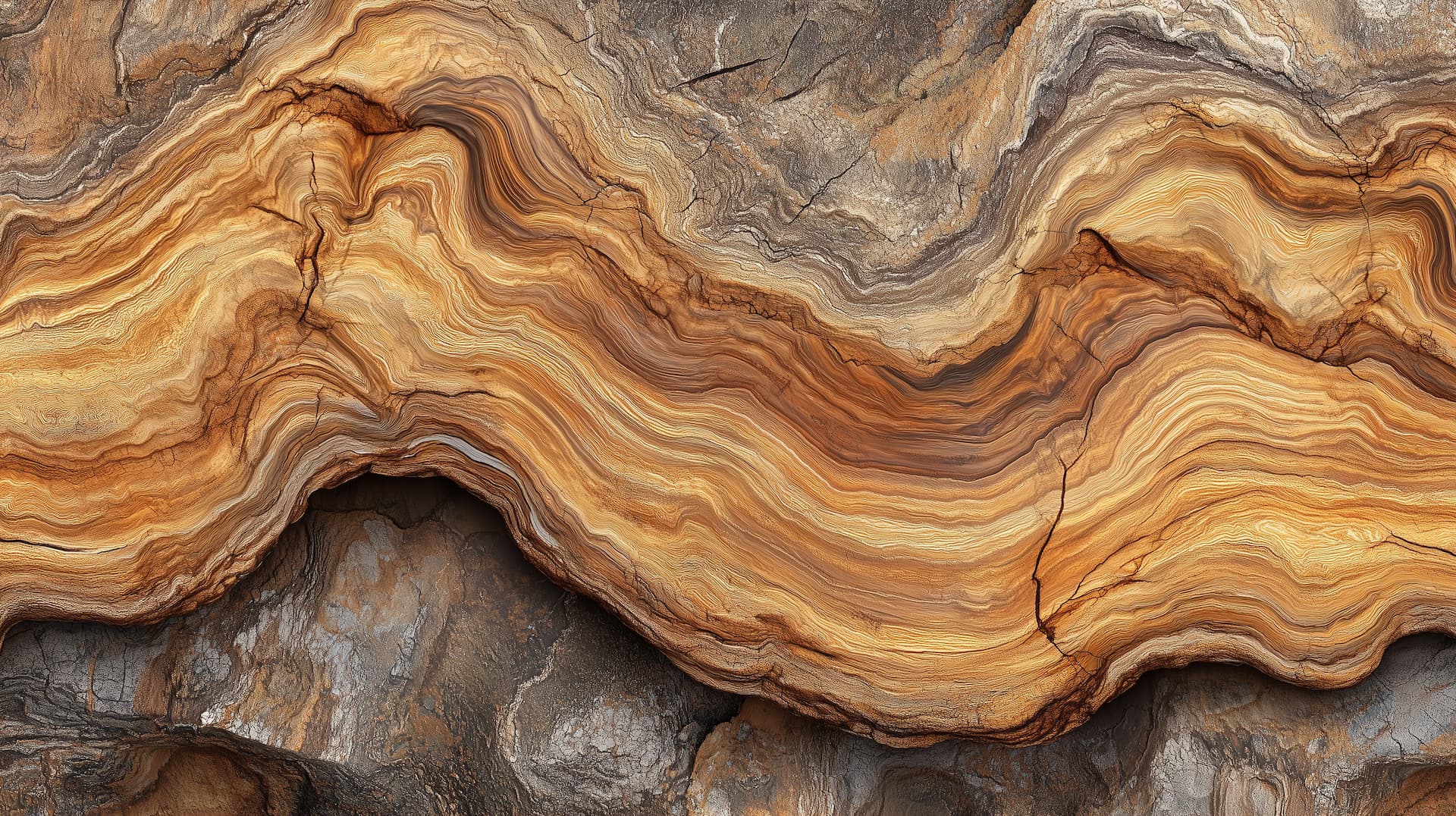Testimonials
Real Results. Real Customers. Real Success.
See What Industry Leaders Are Saying About Lignum Vitae Solutions
Testimonials
See What Industry Leaders Are Saying About Lignum Vitae Solutions

“Overhauls are rare with Lignum Vitae bearings. In an industry where reliability is everything, knowing we can count on this material when needed is a huge advantage. And even more important, knowing we can count on people with the know-how—it’s amazing. I’ve known Lignum Vitae and its President, Bob, for over 10 years, and it’s always a pleasure to work with them. Their expertise and commitment ensure the best results every time.”
Sergiy Katayev, Canada Steamship LinesSenior Fleet Manager
“The operational capability of your material in this application has the potential for significant far-reaching consequences as I can now promote it through my industry for this particular type of turbine operation. I currently have about 100 turbines of this type on the books and many have struggled with compatible material face combinations for many years.”
Steve Wilson, Powergen Sealing Solutions Ltd
“I have used at least 4 other plastic type bearings in our plants, but Lignum Vitae Bearings last longer. Nothing touches it. Not even close. I’ve been here for 37 years and seen some of everything, but I have learned my lesson and will convert everything back to Lignum Vitae as the other stuff wears out.”
Joey McGill, SCE&G, 37 years of experienceOperating 9 generators at one location and 8 in another upstream location all around 2 MW each with various shaft diameters around 16.5”.
“The guide bearings had new Lignum-Vitae staves installed that required final machining to properly fit the turbine shaft. Our overall experience working with Lignum-Vitae on this machining project was very good. Drawings were provided with all the critical specifications and their expectations for the finished product were very clear. We look forward to performing additional machining jobs with Lignum-Vitae in the future.”
Rob Adams, Western Machine Works, LLCMachined two hydro turbine guide bearings.
“We previously used Lignum Vitae Bearings in all of our wet hydro bearing applications, as they are lubricated by the ambient water. In 1967, we installed a set of Lignum Vitae Bearings in a unit that we run 11 months of the year. That Lignum-Vitae bearing set is still in service today. In my opinion, Lignum Vitae is the greatest material known to man.”
Robby Brown, Luray Hydro Allegheny Power38 years of experience. Operating several hydros with stated goal of returning every bearing back to LV.
“I wanted to let you know that the LV seal has performed phenomenally well! Since the installation we have worn off the wear lip and perhaps another 0.5 – 1.0 mm at most. This is even more amazing considering that the unit is running 21-22 hours per day, every day. Thank you very much for providing this solution!”
Steve Wilson, Powergen Sealing Solutions Ltd
“We have operated several hydros for decades without maintenance. Some of our plants are 100 years old. We have had great success with Lignum Vitae Bearings. Our engineers have boasted of the long-term durability of Lignum Vitae Bearings and the ability to use Lignum Vitae for customized hydro applications.”
Chris Sinclair, Northbrook Energy
“I believe our Lignum Vitae bearing set was installed in 1966.”
Chuck Easter, Bouldin Dam SouthernCo12-year Operator with 20 years of experience. Operating three 75 MW hydro with 36″ shafts.
“After 11 years we never even adjusted them.”
Roy Walton, Bankhead Hydro Alabama PowerOperating 54 MW hydro with 36″ shafts.




















Partner with Lignum Vitae Solutions
Discover how our expertise and the unmatched performance of Lignum Vitae can benefit your operations. Contact us today to discuss your specific needs.
